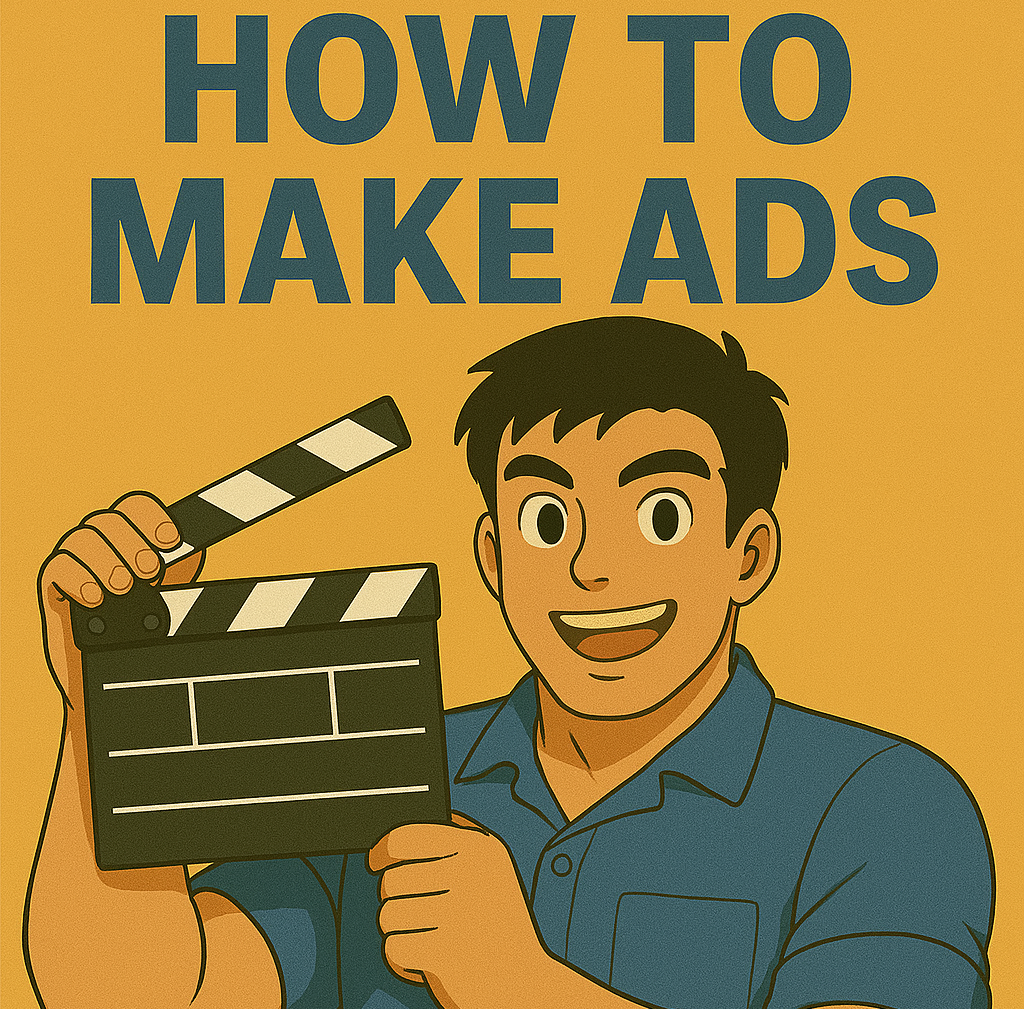How to Make Ads That Close Deals

Why Most Ads Fail
Ads aren’t billboards or TikTok dances.
They’re 24/7 salespeople for your business.
If they don’t sell, fire them.
Yet most brands waste budgets on flashy, vague ads that entertain strangers instead of converting buyers.
Here’s how to engineer ads that act like your best closers.
Rule 1: Treat Ads Like a Sales Rep
Bad Ads: “Look at our quirky animation! Our product exists!”
Good Ads: “Here’s how we solve your problem. Let’s talk.”
How to Do It:
- Visualize your customer’s POV: Write as if you’re face-to-face with ONE ideal buyer.
- Give free value upfront:
- “Download our free ‘5-Minute Audit’ to find hidden profit leaks.”
- “Get our $27 ‘Productivity Blueprint’—no email required.”
- Split-test ruthlessly: Run 3 headlines, 2 CTAs, 4 images. Keep what works, kill what doesn’t.
Rule 2: Headlines Are Your First Sales Pitch
Goal: Filter out tire-kickers, attract dream buyers.
Bad: “Transform Your Life!” (Too vague.)
Good: “For SaaS Founders Tired of Churning Customers: Keep 30% More with This Fix.”
Why It Works:
- Specificity sells: “78-Second Shave” > “Smooth Skin.”
- Curiosity compels: “Why Do 92% of Dentists Avoid This Toothpaste?”
- Exclusivity intrigues: “For Women Over 40 Only: The Serum Dermatologists Won’t Share.”
Rule 3: Leverage Psychology (Not Gimmicks)
Forget “cute.” Be a trusted advisor.
Proven Tactics:
- High prices = higher desire: “Why Our 5k Course Sells Out Faster Than Our 497 One.”
- Solve urgent pain, not future goals: “Stop Wasting 14 Hours/Week on Payroll” > “Plan for Retirement.”
- Name products like stories: “The ‘Sleep-While-You-Earn’ System” > “Passive Income Course.”
Avoid:
- Clownish visuals (dancing mascots, slapstick humor).
- Overpromising (“Become a Millionaire Overnight!”).
Rule 4: Pictures Sell Dreams, Not Products
Bad: Stock photos of smiling teams.
Good: A customer lounging on a beach (thanks to your product).
Examples:
- Real estate: A family grilling in their new backyard.
- B2B SaaS: A CEO relaxing while dashboards show skyrocketing revenue.
Rule: If the image doesn’t answer “What’s in it for THEM?” scrap it.
Rule 5: Tell the Full Story (Even in 15 Seconds)
Bad: “50% Off! Buy Now!”
Good: “Tired of [pain]? We help [ideal customer] [result]. Here’s how…”
Structure:
- Problem: “Sick of diets that fail?”
- Solution: “Our clients lose 20 lbs in 8 weeks—no hunger.”
- Proof: “92% success rate. Here’s Jane’s story.”
- Action: “Start your trial today.”
Rule 6: Test Everything
What to Test:
- Headlines: Specific vs. emotional.
- Offers: Free trial vs. demo.
- CTAs: “Get Started” vs. “Yes, I Want Results.”
Case Study:
A skincare brand tested “Anti-Aging Cream” vs. “Look 10 Years Younger by Friday.” The latter 3X’d sales.
Rule 7: Lead Magnets = Sales Fuel (But Only for Buyers)
Bad: Giving freebies to anyone.
Good: “Download our $29 ‘Cold Email Playbook’—only for CMOs.”
Why It Works:
Samples pre-qualify leads. Those who take action are ready to buy.
The Ad Salesperson Checklist
- Does this ad speak to ONE person’s pain?
- Does the headline filter out unqualified buyers?
- Is the offer irresistibly specific?
- Does the image sell the dream outcome?
- Would a real sales rep say this?
Stop Entertaining, Start Selling
Your ad isn’t a mascot—it’s your best closer.
Treat it like a commission-hungry salesperson: focused, persuasive, and ruthlessly targeted.
Keep Crushing!
- Sales Guy
